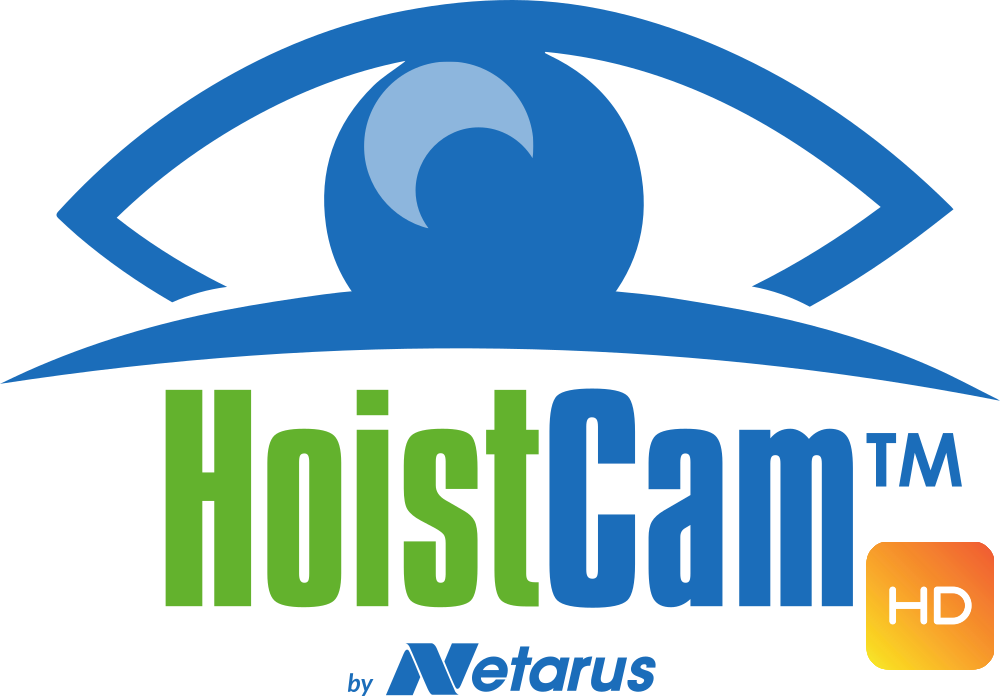Beware of those who seek to revise history by erasing or rewriting it altogether. This rule applies to the study of history, as well as the history of a subject such as consumer or construction safety. Indeed, for all the safety features that are now standard features in automobiles, from airbags and anti-lock brakes to seatbelts and side impact beams: If we look at how much safer it is drive, it is even more shocking to learn the history of resistance by car manufacturers to the most basic forms of safety.
The same is true within the construction industry, not because of opposition by workers, but because of challenges by insurers; which is to say that, just because a new type of technology increases safety—just because cameras allow a crane operator to see an entire job site—does not mean insurers want to champion the power of sight.
This is not an indictment against insurers, but a reminder that change is a matter of small steps rather than a series of giant leaps. It is a matter of education and engagement by the advocates of change, of attendance at seminars large and small, of speaking to convention-goers and going to conferences of regional influence and national importance, of listening, always, and never failing to answer questions.
Take Chris Machut of Netarus, whose company develops innovative solutions for overhead cranes, tugboats and construction sites.
I mention his name, and commend him for having made a name for himself regarding safety, because too many otherwise avoidable crane accidents happen—like the one on the 17th anniversary of 9/11, at the Jacob K. Javits Convention Center in New York City—in which the inability to see what is necessary puts workers and pedestrians at an unnecessarily high degree of risk.
While that accident was not deadly, it was nonetheless responsible for traffic delays and gridlock along the West Side Highway. It was also a reminder that a few degrees separate the safe installation of a steel beam and its collapse against a crane, costing lives and the livelihoods of workers.
How, then, can insurers get behind a movement, whose members want to avert danger and stay ahead of possible threats?
In so many words: Pay attention.
Pay attention, not to perceived problems but to certified opportunities to improve safety.
Pay attention to technology that expands visibility and enhances accountability.
Pay attention to the agents of change, be they vendors or those who want to better protect a venue, so you can lower costs and boost confidence with current and prospective clients.
Above all, do not mistake an asset for a liability. Not when the technology that ensures safety deserves support from insurers. Not when we can save lives by acting together. Not when the consequence of inaction is a burden we cannot bear and a hardship we cannot meet, based on a pledge we cannot keep.
Let us open our eyes to safety.
(You can also read this article at Insurance Thought Leadership.)


